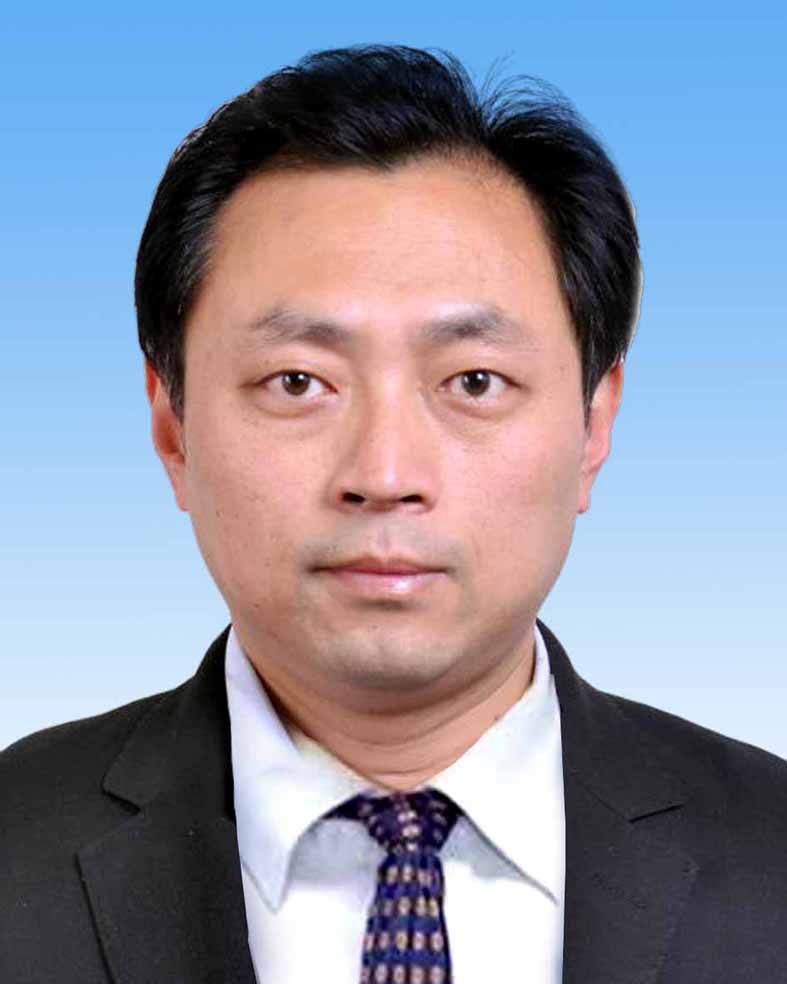| Bo AiIEEE Fellow, IET Fellow, AAIA Fellow Beijing Jiaotong University, China Prof. Bo Ai is a Fellow of the Institute of Electrical and Electronics Engineers (IEEE Fellow), a Fellow of the International Society of Automation and Artificial Intelligence (AAIA Fellow), and a Fellow of the Institution of Engineering and Technology (IET Fellow). He serves as the Dean of the School of Electronics and Information Engineering at Beijing Jiaotong University, where he is also a Professor and Doctoral Supervisor. From March to September 2015, he was a Visiting Senior Research Scholar in the Department of Electrical Engineering at Stanford University, USA. In 2016, he was selected as a Leading Talent in Scientific and Technological Innovation by the Ministry of Science and Technology of China. In 2017, he received the National Science Fund for Distinguished Young Scholars and was selected as a Leading Talent in the National Ten Thousand Talents Program by the Organization Department of the CPC Central Committee. From 2020 to 2022, he was consecutively recognized as a Highly Cited Researcher in the global top 2% of scientists. In 2022, he became the Lead Principal Investigator of an Innovative Research Group Project supported by the National Natural Science Foundation of China. Professor Bo Ai specializes in broadband mobile communication systems, dedicated mobile communications, communication engineering, and artificial intelligence. |

